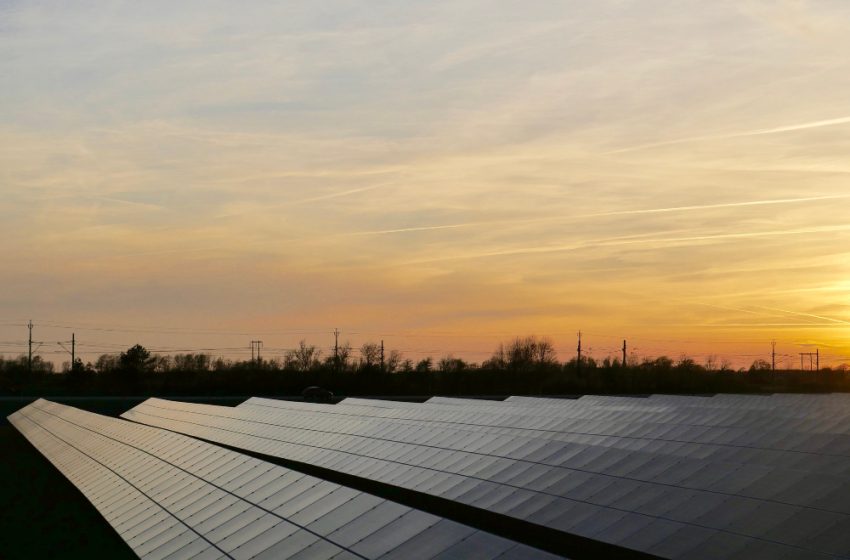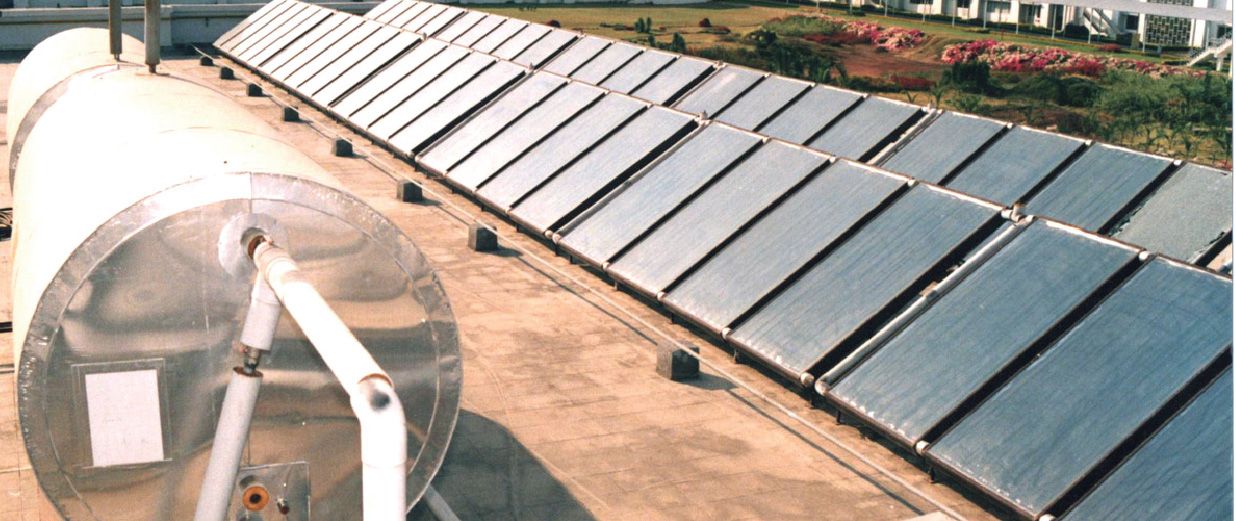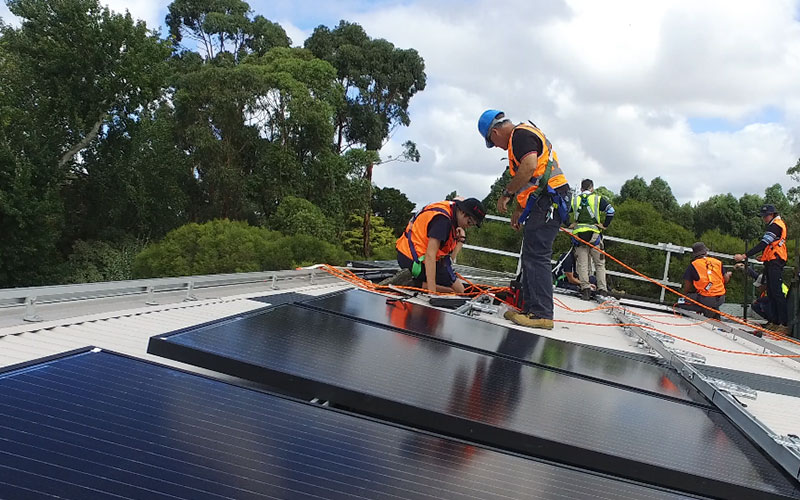Illuminating Tomorrow: Exploring the Dynamics of Solar Power Generation

In the quest for sustainable energy solutions, solar power stands out as a shining example of innovation and progress. Harnessing the boundless energy of the sun, solar power generation has evolved into a cornerstone of the renewable energy sector. In this article, we delve into the intricacies of solar power generation, exploring its mechanisms, benefits, and future potential.
The Mechanics of Solar Power Generation:
At its core, solar power generation relies on photovoltaic (PV) technology to convert sunlight into electricity. Solar panels, composed of individual solar cells, capture photons from sunlight and initiate an electron flow, generating direct current (DC) electricity. This DC electricity is then converted into alternating current (AC) through inverters, making it compatible with the electrical grid and usable in homes, businesses, and industries.
Key Components of Solar Power Generation:
-
Solar Panels: Solar panels, typically made of silicon-based photovoltaic cells, are the fundamental building blocks of solar power generation. These panels come in various shapes, sizes, and efficiencies, catering to diverse energy needs and environmental conditions.
-
Inverters: Inverters play a crucial role in solar power systems by converting DC electricity from solar panels into AC electricity. They also manage power output, optimize performance, and ensure compatibility with the electrical grid.
-
Mounting Structures: Mounting structures provide structural support and proper orientation for solar panels, maximizing sunlight exposure and optimizing energy generation.
-
Monitoring Systems: Monitoring systems track energy production, system performance, and weather conditions, allowing for real-time optimization and troubleshooting.
Benefits of Solar Power Generation:
-
Renewable Energy Source: Solar power is an abundant and renewable energy source, offering a sustainable alternative to fossil fuels and reducing dependence on non-renewable resources.
-
Environmental Sustainability: Solar power generation produces no greenhouse gas emissions or air pollutants, mitigating environmental degradation and combating climate change.
-
Energy Independence: Solar power empowers individuals, communities, and nations to generate their own electricity, reducing reliance on centralized power sources and enhancing energy security.
-
Cost Savings: Solar power offers long-term cost savings by reducing electricity bills, minimizing exposure to volatile energy prices, and providing a reliable return on investment. Delta power is a leading solar power company providing best solar power solutions to homes and business and making green energy available to everyone.
Future Prospects and Innovations:
As technology advances and economies of scale drive down costs, the future of solar power generation looks brighter than ever. Emerging innovations such as perovskite solar cells, bifacial panels, and solar tracking systems promise to further improve efficiency, affordability, and versatility.
Moreover, advancements in energy storage solutions, such as lithium-ion batteries and flow batteries, are enhancing the reliability and flexibility of solar power systems, enabling round-the-clock energy availability and grid stability.
Conclusion:
Solar power generation represents a transformative force in the global energy landscape, offering a sustainable, scalable, and cost-effective solution to our energy needs. By harnessing the virtually limitless power of the sun, we can illuminate a future characterized by environmental stewardship, energy independence, and economic prosperity. As we continue to embrace solar power generation and invest in its development, we pave the way for a brighter tomorrow for generations to come.




